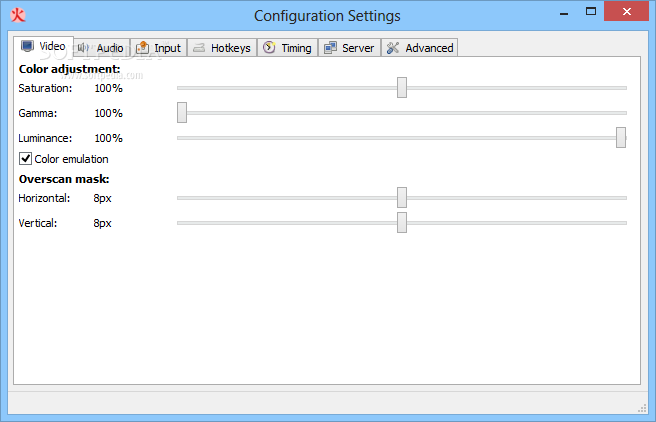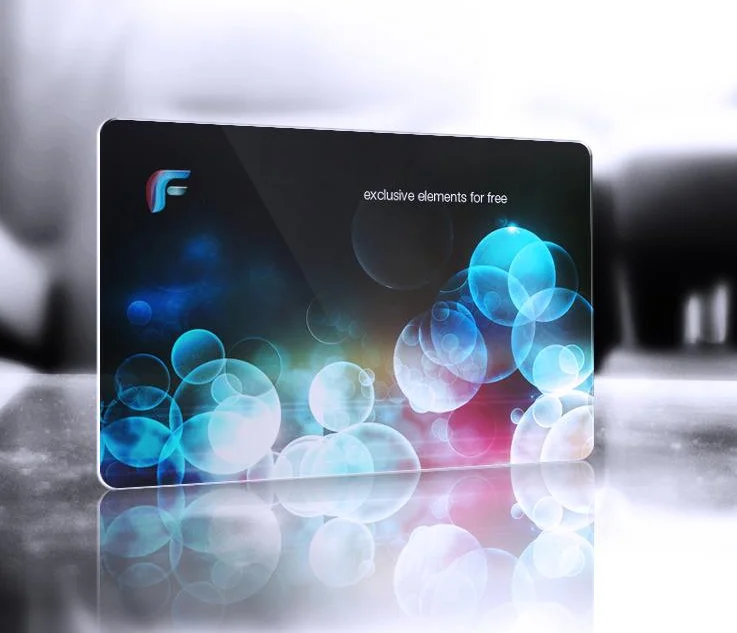
Improved usability, bug fixes, and more. Built-in hotkeys for full-screen and pseudo-full-screen modes, opening a game Alt+F4 works in full-screen mode. Better default settings: VSync, exclusive full-screen mode, blur disabled. #BSNES REQUIREMENTS DRIVERS#
Drivers are not reset after crashes, a command-line option is provided for explicit reset. Saving screenshots in the compressed PNG format instead of uncompressed BMP. Precise aspect ratio of 4:3 instead of 64:49 with correction enabled, in the “Center” and “Scale” modes. Pixel-perfect integer-ratio scaling both vertically and horizontally. Has the following improvements over regular bsnes: 
bsnes-hd has more hacks that give true HD in mode 7 SNES games and widescreen in other games. The difference is that official bsnes only has slight visual improvements but with mostly perfect compatibility. Some of the features of this fork are or will be included in official bsnes.
Some non-HD related features – Like the ability to disable background layers, sprites and window effects for screenshots for wallpapers or soft crop to zoom in, leaving maps or static art off the sides of the screen. Works for most Mode 7 scenes, but also for some other scenes/games, after some setting tweaking. Widescreen – Extending the scenes to the left and right, without distorting them. It is a higher resolution version of the process the SNES uses. This does not involve new custom imagery or upscaling algorithms. HD Mode 7 – Rendering the rotated, scaled or pseudo perspective backgrounds at higher resolutions. It is available under the GNU GPL version 3 or later.Ī newer fork of bsnes, first released in 2019 by DerKoun, that adds HD video features, such as: It was originally developed by Near (formerly known as byuu) and is now maintained by the community. It returns to the Qt GUI that it abandoned before its merger with higan and has a much faster multi-threaded PPU renderer, giving it the performance of the old bsnes-balanced core while retaining the accuracy of the bsnes-accurate core. Another alternative is to use the bsnes core in RetroArch to get around some of the less-user friendly designs in higan.Bsnes is a subset project of higan, and focuses on performance, features, and ease of use. Version 0.73 is an older, but easier to use version of bsnes. Alternatives include Gambatte, VBA-M, and Nestopia. The others are very early in development, and are currently inferior to other existing emulators. Things like SRAM, cheats, input settings, emulator metadata get stored with the game.Īs of 0.95, both the bsnes core and gba core are accurate. Game folders were about accurately representing the game cartridge and its metadata. Higan is unique among emulators for introducing the concept of game folders. 
Air Strike Patrol is missing the shadow beneath the plane, which make the game harder to play. Uniracers works because it’s the only game that tries to manipulate OAM mid-scanline, and bsnes just happens to behave exactly the way that Uniracers expects.

– Air Strike Patrol (USA)” and “Uniracers (USA)”. There are two games known to manipulate the PPU mid-scanline “A.S.P. Because Nintendo told SNES programmers not to mess with the PPU while scanline rendering was in progress, this has no effect in most games – but some programmers deliberately broke the rules and these games will have problems in the Balanced core. The main concession to performance in the Balanced core is the PPU (graphics) emulation – rather than render a pixel at a time as real hardware must do, it renders an entire scanline at a time. Use the Accuracy version for extreme cases or if you have processing power to spare. The Balanced version is recommended for modern PCs. Bsnes had 3 different versions: Performance, Balanced, and Accuracy.








 0 kommentar(er)
0 kommentar(er)
